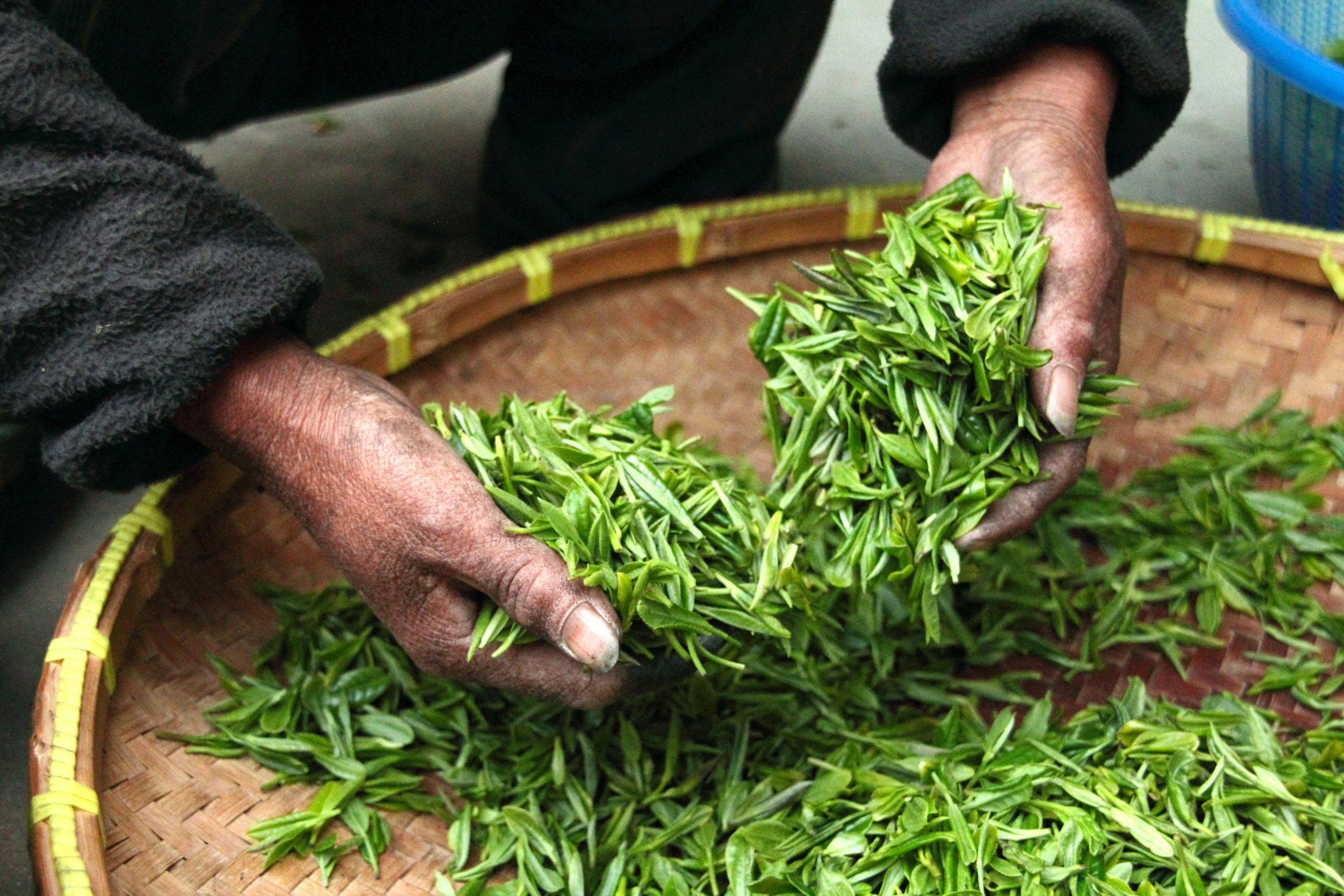Table of Contents
![]()
Tea, a simple infusion of leaves in hot water, has woven itself into the cultural and social fabric of countless societies around the globe. Originating in China, tea has traversed continents, influencing traditions, ceremonies, and daily routines. This article explores the multifaceted role of tea in different cultures, tracing its historical roots, examining regional customs, and observing contemporary trends.
Historical Background
Tea’s history begins in China, where legend credits Emperor Shen Nong with its discovery around 2737 BCE. Initially valued for its medicinal properties, tea gradually became a staple of Chinese life. By the Tang dynasty (618–907 CE), tea had become an integral part of social rituals and daily routines. The spread of tea to other regions followed trade routes like the Silk Road and through colonial expansions, significantly shaping global tea culture.
Tea Cultures in Asia
China: In China, tea is deeply embedded in both daily life and ceremonial practices. Various types of tea, such as green, black, oolong, and pu-erh, each have their own distinct preparation methods and cultural significance. The Gongfu tea ceremony exemplifies the reverence with which tea is treated, emphasizing precision and mindfulness in its preparation and consumption.
Japan: Japan’s tea culture is closely linked to the Japanese tea ceremony, or Chanoyu. This ritual, which emphasizes harmony, respect, purity, and tranquility, has evolved into an art form that influences various aspects of Japanese life. The tea ceremony often involves matcha, a powdered green tea, and takes place in dedicated tea houses, reflecting Zen Buddhist principles and fostering a serene environment for participants.
India: India’s tea culture was significantly shaped by British colonialism, which established large tea plantations in regions like Assam and Darjeeling. Today, tea is a central part of daily life, with chai—a spiced tea brewed with milk, sugar, and spices—being a ubiquitous beverage. Tea stalls and chaiwallahs are common in Indian cities, reflecting the beverage’s integral role in social interactions and daily rituals.
Taiwan: Taiwan is renowned for its high-quality oolong teas. Taiwanese tea culture emphasizes artisanal practices, and traditional tea houses provide a space for appreciating the nuances of tea. Taiwanese tea ceremonies often involve elaborate preparation methods and focus on enhancing the sensory experience of tea drinking.
Tea Cultures in the Middle East and North Africa
Turkey: In Turkey, tea has become a symbol of hospitality and social interaction. Turkish tea is typically served in small, tulip-shaped glasses, and its preparation involves a two-tiered teapot system that allows for precise control over strength. Tea drinking is a daily ritual and a social activity, often accompanied by conversation and communal gatherings.
Iran: Tea has a long-standing place in Iranian culture, where it is enjoyed in a variety of settings, from formal gatherings to casual moments. Traditional tea is brewed in a samovar, a type of metal urn, and is often accompanied by sweets and pastries. Tea drinking in Iran serves as both a social ritual and a symbol of hospitality.
Morocco: Moroccan mint tea, also known as “Moroccan whiskey,” is a cornerstone of Moroccan hospitality. This sweet tea, infused with fresh mint leaves, is served in ornate glasses and is integral to social gatherings. The preparation of Moroccan tea involves a specific ritual, and its consumption represents warmth, welcome, and the importance of social bonds.
Tea Cultures in Europe
United Kingdom: Tea’s arrival in the UK in the 17th century transformed British social customs. The tradition of afternoon tea, popularized by Anna, the Duchess of Bedford, evolved into a sophisticated social event. British tea culture also includes robust blends like English Breakfast tea and practices such as tea parties, reflecting the beverage’s deep-rooted significance in British society.
Russia: In Russia, tea has been a part of daily life since the 17th century. The samovar, a traditional tea urn, plays a central role in Russian tea culture, providing a means to brew and serve tea in a communal setting. Russian tea drinking is often accompanied by conversation and a range of accompaniments, emphasizing its role in social and familial gatherings.
France: French tea culture, though less historically central than in some other countries, has gained prominence in recent years. French tea practices often incorporate gourmet teas and blends, reflecting the country’s emphasis on culinary excellence. Tea is enjoyed in various settings, including sophisticated tea salons and casual cafes, highlighting its growing role in French gastronomy.
Tea Cultures in the Americas
United States: In the United States, tea consumption has evolved from a colonial legacy to encompass diverse styles. Iced tea, a popular variation, emerged in the early 20th century and became a staple of American dining, especially in the Southern states. The American tea scene also reflects influences from global tea traditions due to the diverse cultural makeup of the country.
South America: Yerba mate, a caffeinated beverage made from the leaves of the yerba mate plant, holds significant cultural importance in countries like Argentina and Paraguay. Drinking mate is a social ritual, often shared among friends and family. The preparation and consumption of mate involve specific customs, such as using a bombilla (metal straw) and passing the gourd among participants, reflecting its role in fostering social connections.
Contemporary Trends and Globalization
In recent decades, globalization has facilitated the cross-cultural exchange of tea practices, leading to the emergence of new trends. Bubble tea, also known as boba, originated in Taiwan and has become a global phenomenon, demonstrating the blending of traditional and modern influences. Artisanal and specialty teas, often emphasizing sustainability and unique flavors, reflect contemporary consumers’ growing interest in diverse and high-quality tea experiences.
Conclusion
Tea, with its rich history and diverse cultural significance, remains a vital element of social and ceremonial practices across the globe. From the precision of the Chinese Gongfu tea ceremony to the communal sharing of yerba mate in South America, tea reflects a wide array of cultural values and traditions. As tea continues to evolve in response to globalization and contemporary trends, it remains a symbol of both cultural heritage and shared human connection.
Share This





Be the first to comment